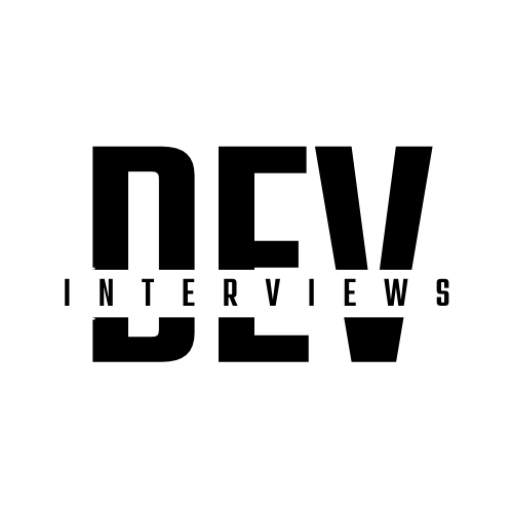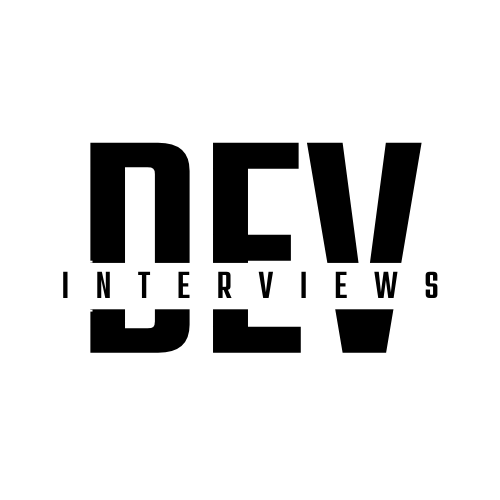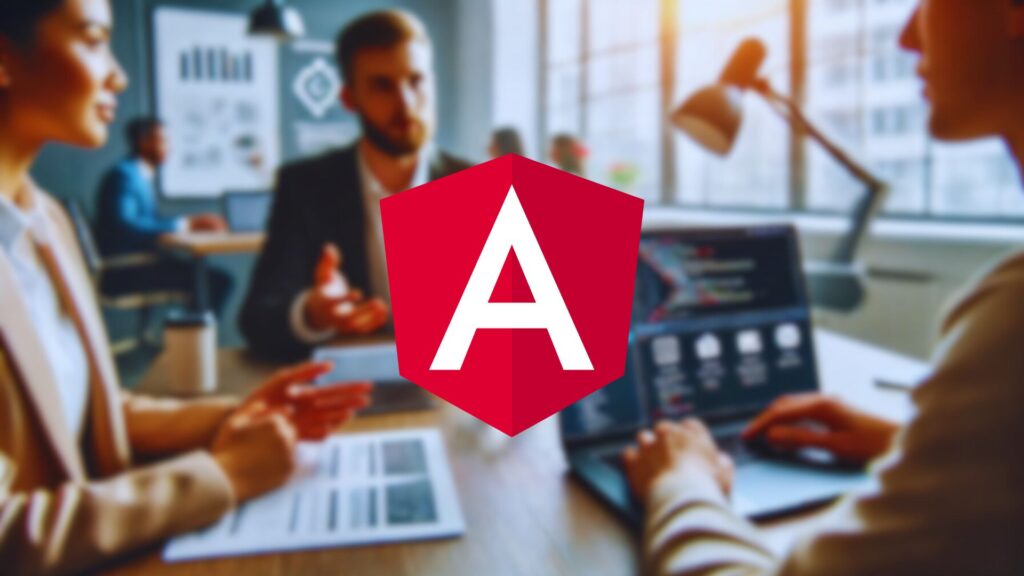Angular is a highly versatile framework that requires an in-depth understanding of various concepts to excel in interviews. Below is a list of 30 additional Angular interview questions, covering topics from fundamental concepts to advanced techniques.
Basic Questions
-
1. What are Angular templates?
Angular templates define the structure and layout of a view using HTML and Angular-specific syntax (e.g., directives like
*ngIfand*ngFor). -
2. What are Angular lifecycle hooks?
Lifecycle hooks are methods called at specific stages of a component’s life, such as
ngOnInit,ngOnDestroy, andngAfterViewInit. -
3. What is the purpose of
ngOnInit?It initializes the component after Angular sets its input properties. It is a good place for data-fetching logic.
-
4. How does Angular handle event binding?
Event binding allows interaction between the template and the component using the
(event)syntax, e.g.,(click)="handleClick()". -
5. What is the purpose of
ngModel?ngModelis a directive that enables two-way data binding for form controls. -
6. What is the Angular dependency injector?
It is a hierarchical framework that creates and provides dependencies to components, directives, and services.
-
7. What is an Angular directive?
A directive extends HTML functionality. Examples include structural directives (e.g.,
*ngIf) and attribute directives (e.g.,[ngStyle]). -
8. What is interpolation in Angular?
Interpolation is the technique of embedding expressions into HTML using double curly braces, e.g.,
{{ expression }}. -
9. What are Angular services?
Services are reusable classes used for sharing data and business logic across components.
-
10. What is the role of
BrowserModule?BrowserModuleis required for rendering an Angular app in a web browser and is imported in the root module.
Intermediate Questions
-
11. How does Angular implement animation?
Angular uses the
@angular/animationsmodule to implement animations. Animations are defined usingtrigger,state, andtransitionmethods. -
12. What are Angular Observables?
Observables are a feature of RxJS used for handling asynchronous data streams, such as HTTP responses or user input events.
-
13. What is
Renderer2in Angular?Renderer2is a service used to manipulate DOM elements in a platform-independent manner. -
14. How does Angular handle form validation?
Angular supports both template-driven and reactive form validation, allowing custom validators and built-in validators like
requiredandminlength. -
15. What are Angular modules and submodules?
Modules group related components and features. Submodules divide functionality into smaller parts for easier management and lazy loading.
-
16. What is the difference between a promise and an observable?
Promises handle one-time asynchronous operations, while observables handle streams of asynchronous data that can be canceled.
-
17. How does Angular optimize rendering?
Angular optimizes rendering with techniques like Ahead-of-Time (AOT) compilation, lazy loading, and change detection strategies.
-
18. What is Angular Zone?
Angular Zone is a library that intercepts asynchronous events to trigger change detection automatically.
-
19. What is the purpose of
ng-content?ng-contentis a directive used for projecting content from a parent component into a child component. -
20. What is a dynamic component?
A dynamic component is created at runtime using
ComponentFactoryResolverand inserted into the DOM dynamically.
Advanced Questions
-
21. What is AOT compilation in Angular?
AOT compiles Angular templates during the build process, resulting in faster rendering and smaller bundle sizes.
-
22. What is the Ivy renderer?
Ivy is the default Angular renderer, introduced in Angular 9, offering smaller bundles, faster compilation, and advanced optimizations.
-
23. How does Angular handle error handling globally?
Angular provides
ErrorHandler, a global service for handling exceptions across the application. -
24. How do you implement lazy loading?
Lazy loading is configured by using the
loadChildrenproperty in the route definitions. -
25. What is a custom pipe, and how is it created?
A custom pipe transforms data in templates. It is created with the
@Pipedecorator and implements thePipeTransforminterface. -
26. What is the difference between reactive forms and template-driven forms?
Reactive forms are model-driven and scalable, while template-driven forms are simpler but less flexible.
-
27. What is state management in Angular?
State management involves handling application state using services or libraries like NgRx or Akita.
-
28. How do you handle file uploads in Angular?
File uploads can be handled by creating a custom file input and sending the file as FormData using
HttpClient. -
29. What is
ViewEncapsulationin Angular?ViewEncapsulationcontrols how styles are applied to components. Options includeNone,Emulated(default), andShadowDom. -
30. How does Angular support Progressive Web Apps (PWAs)?
Angular provides tools to create PWAs, including service workers for offline support and the Angular CLI for PWA configuration.
Conclusion
These 30 additional Angular questions cover a wide range of topics to ensure you’re well-prepared for any interview. Focus on practical experience to supplement your knowledge and demonstrate your skills effectively.



